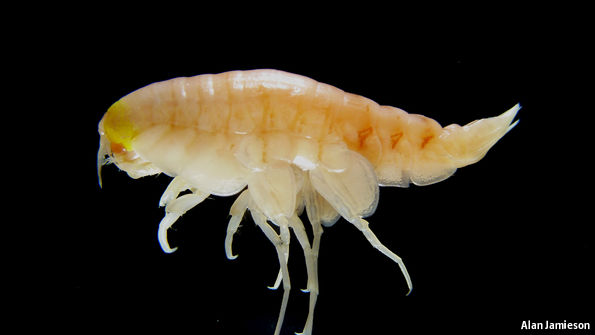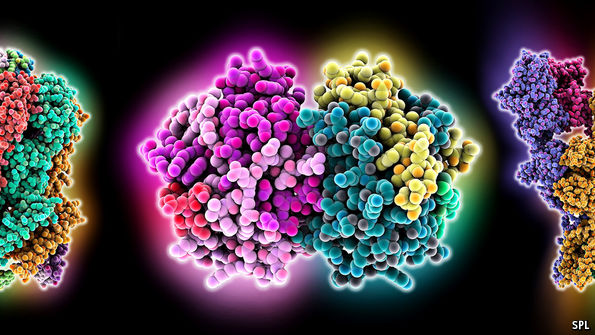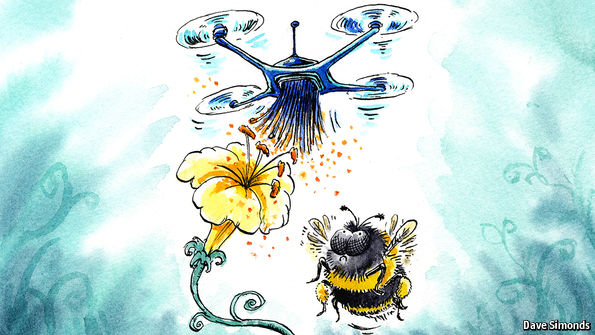How to stop fertiliser being washed away by the rain
 Spreading growth
Spreading growthIN MEDIEVAL England peasants were permitted to graze their sheep on the lands of the nobility. There were no restrictions on how much their livestock could feed, but there was one ironclad rule: the peasants were not allowed to collect their animals’ droppings. Though the English nobles who came up with such regulations could not have known that the excrement was rich in nitrogen and vital for plant growth, they clearly knew that lands denied faeces were less productive. Today most farmers rely on synthetic fertilisers to do the nitrogen-enhancing job once reserved for dung. Urea, a compound of nitrogen, hydrogen, carbon and oxygen, can be made cheaply by mixing ammonia and carbon dioxide together at high pressure. The result is turned into pellets that can be scattered easily over fields.
Unfortunately, when such pellets are exposed to heavy rain, the urea they contain is quickly and wastefully washed away. A method of keeping it in place would thus be welcome. And Nilwala Kottegoda of the Sri Lanka Institute of Nanotechnology thinks she has one. As she and her team report in <em…Continue reading
Source: Economist









